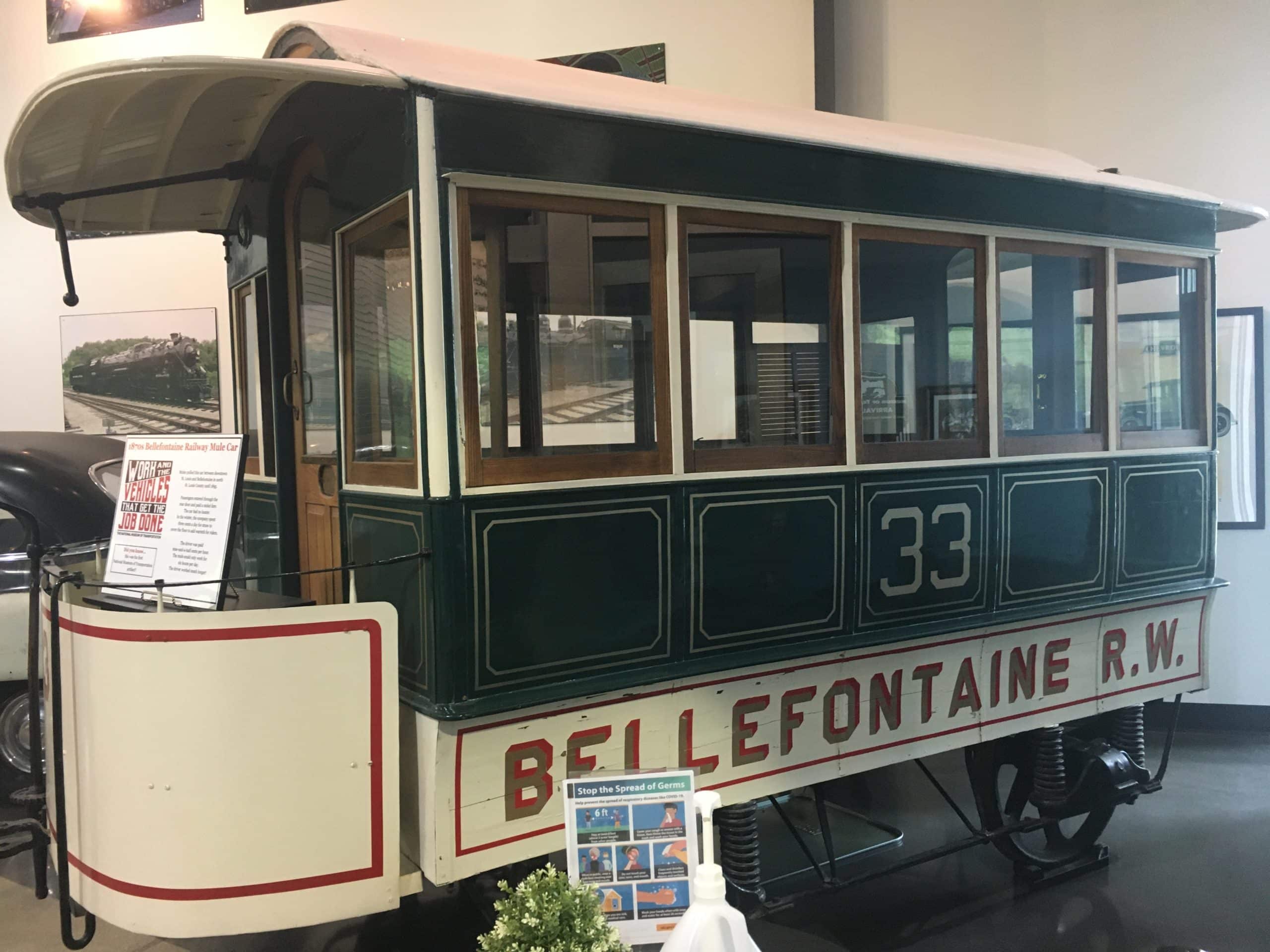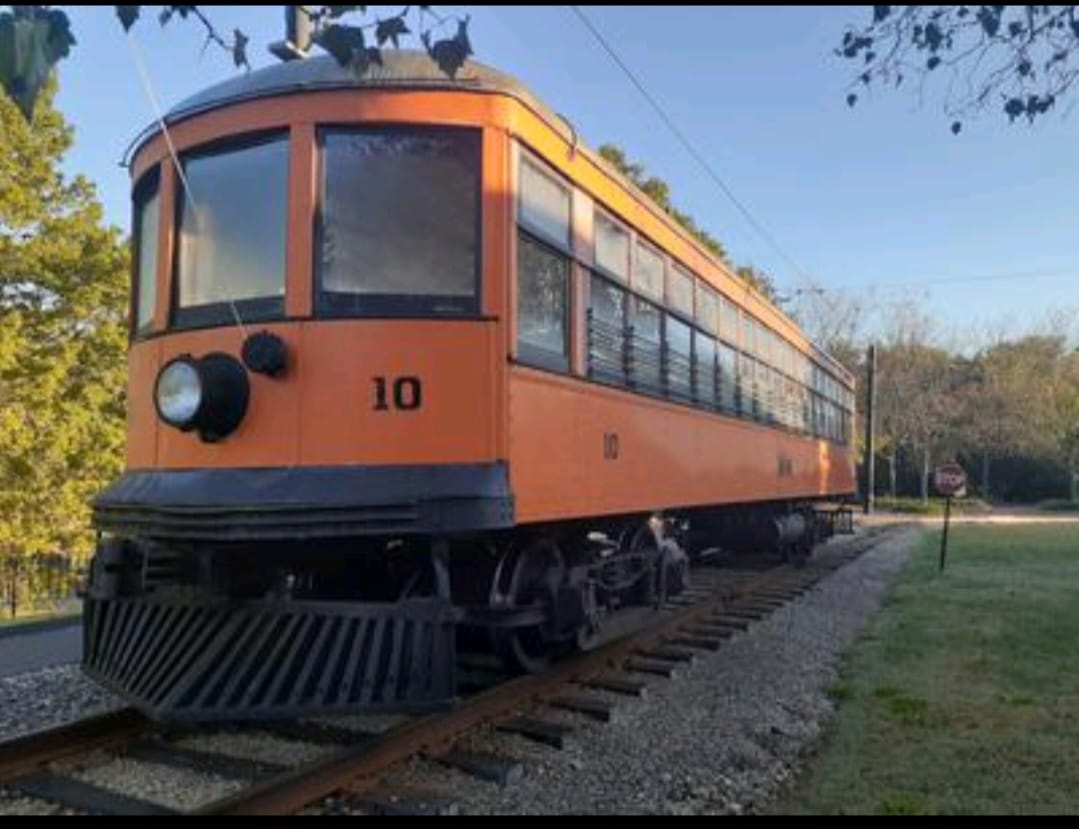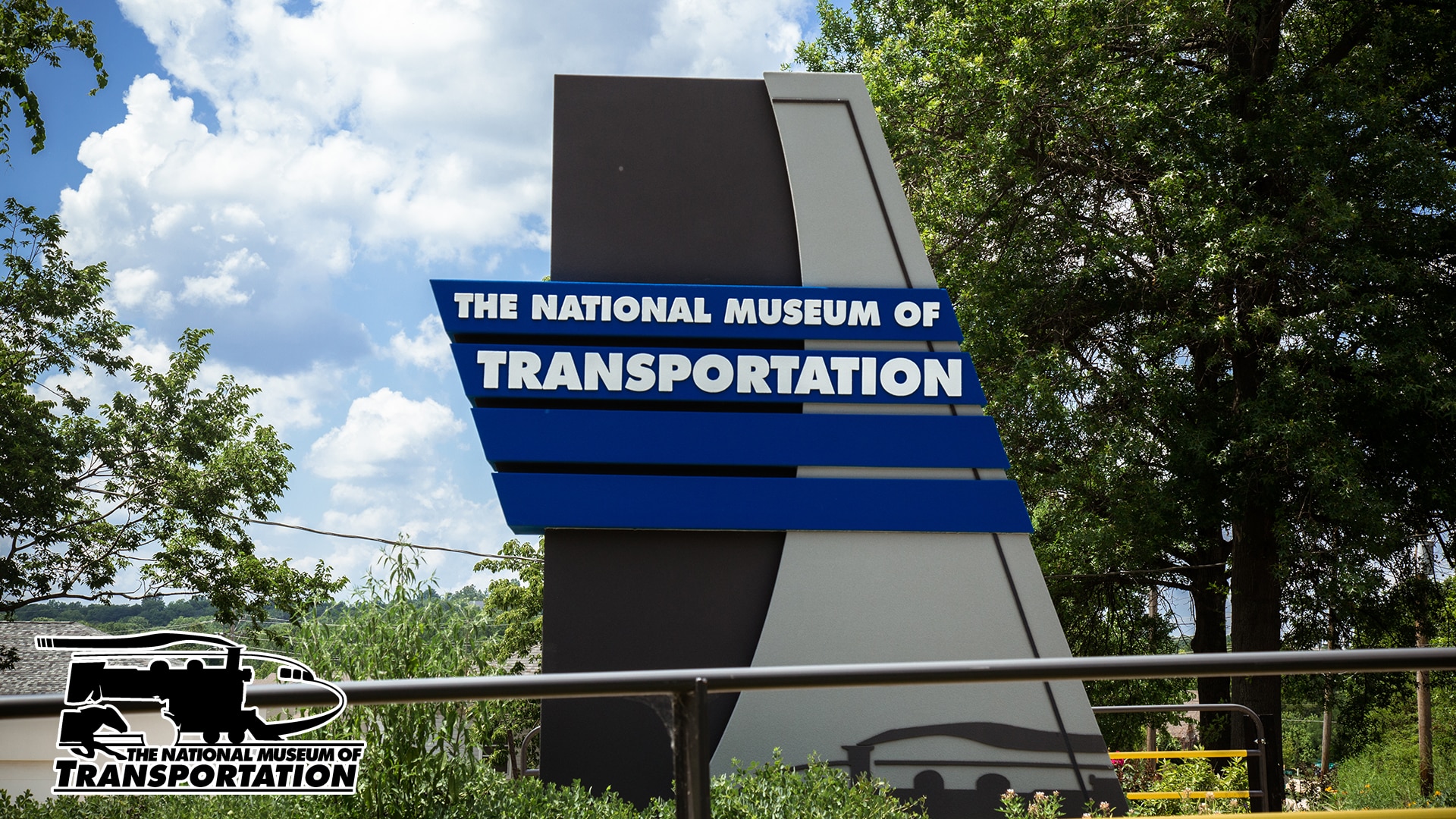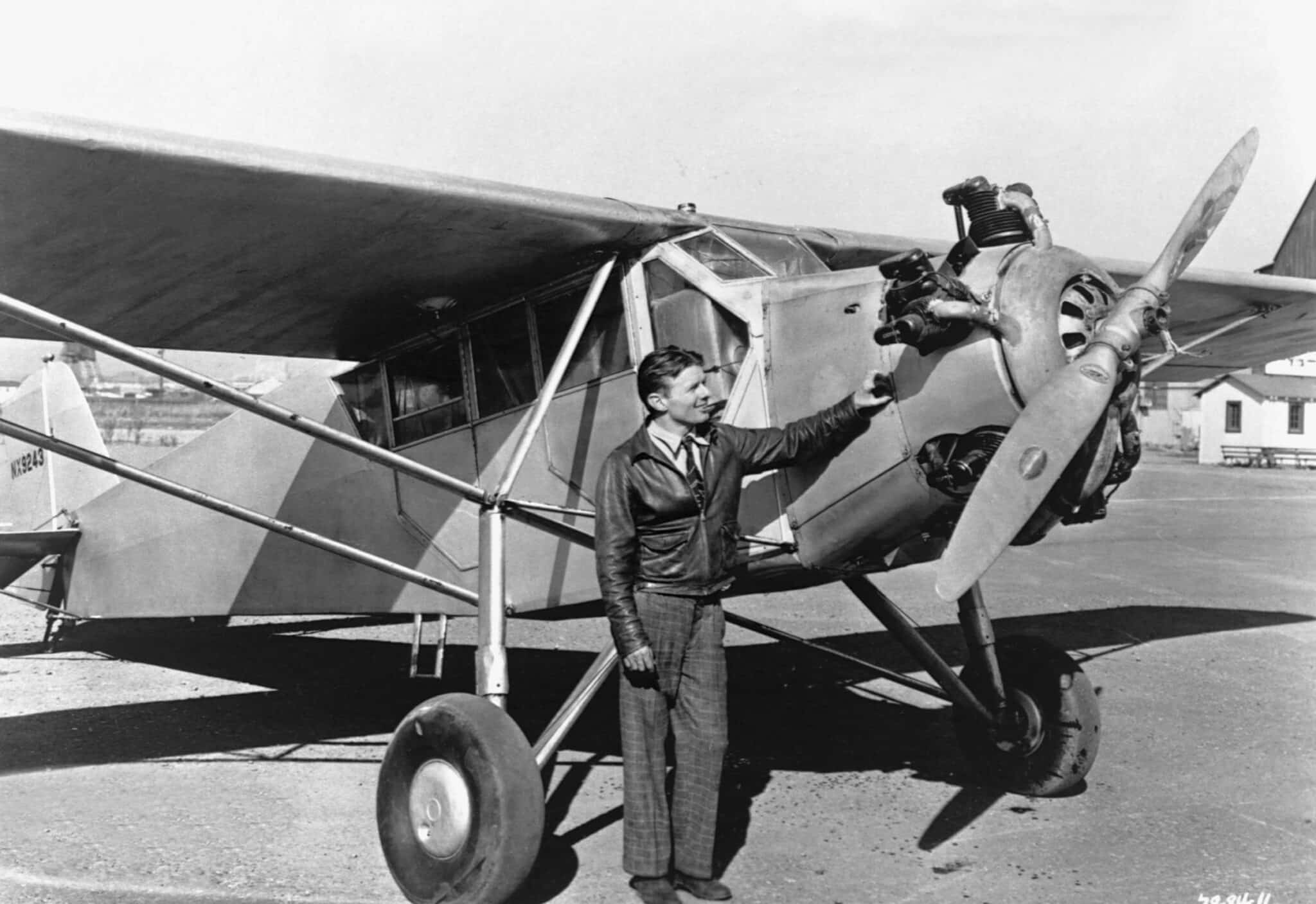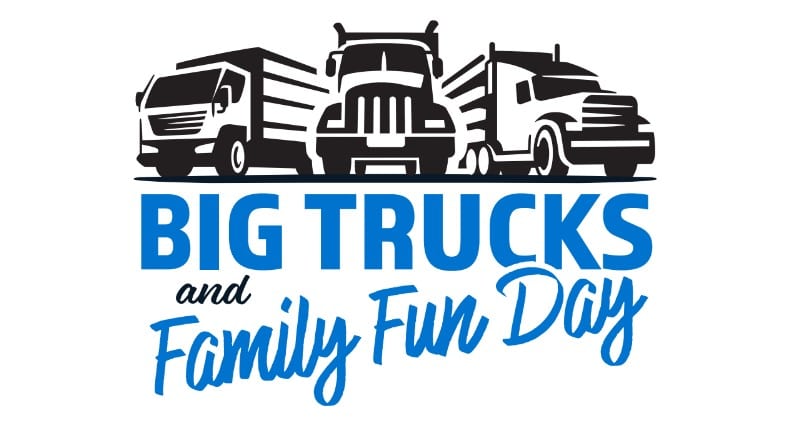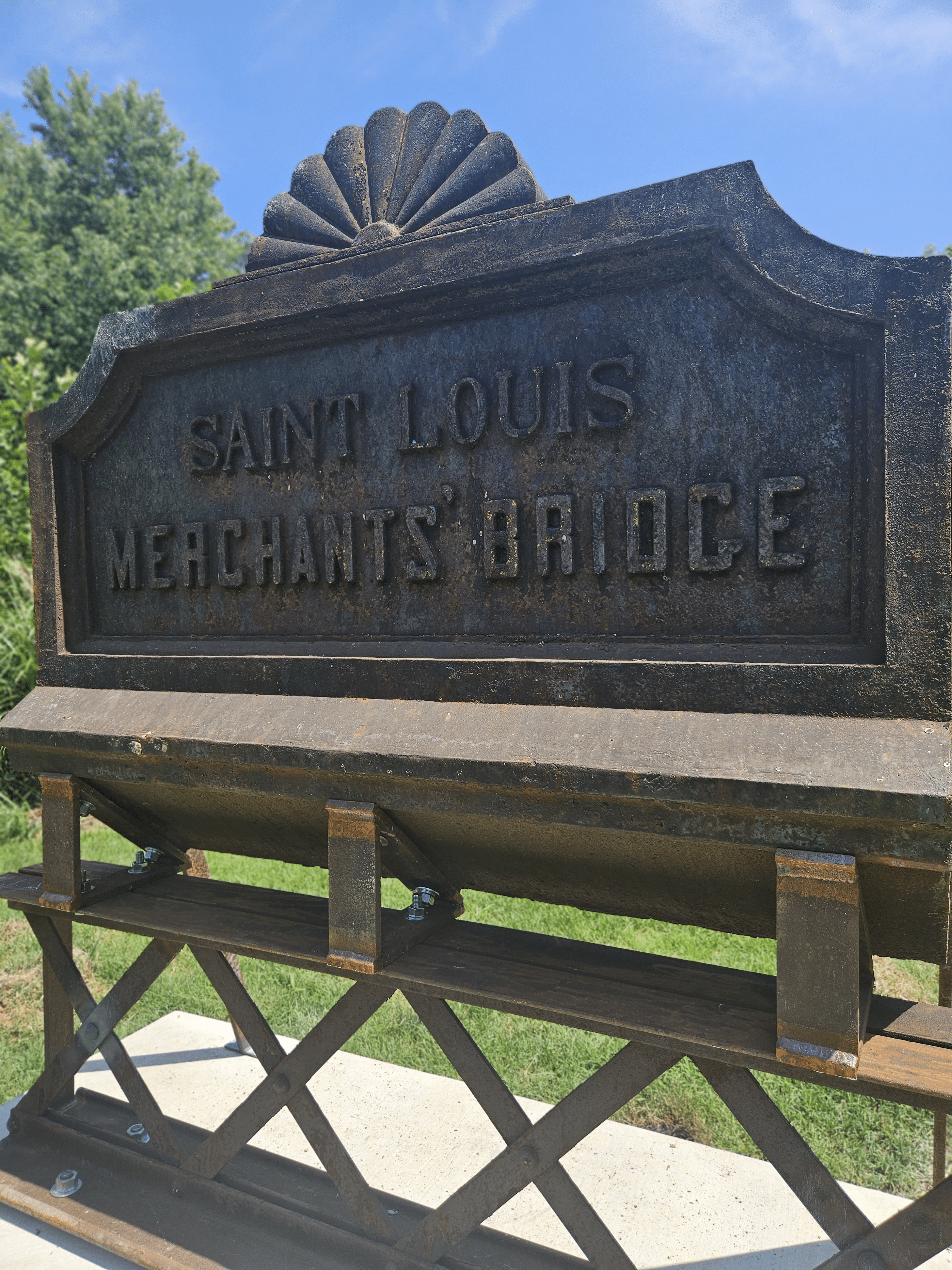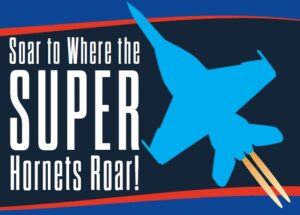With the Museum’s opening every day beginning March 1, 2024, comes another fantastic
exhibit in Orthwein, this time the “Museum Milestone Makers.” The Museum Milestone
Makers exhibit showcases vehicles to take you over land or water, on two wheels or four,
with horsepower under the hood or in front pulling. A little something for everyone.
“It encompasses various forms of transportation,” Curator Coby Ellison said of this year’s
exhibit at The William R. and Laura Rand Orthwein Education and Visitor Center. And it
spans TNMOT’s 80 years of collecting history, including the very first artifact acquired in
1944 and the most recent vehicle donated at the end of 2023.
The Bellefontaine Railway Mule Car #33, built in the 1870s, was the first piece acquired
for the Museum. Dr. John Roberts and a few friends rescued it 80 years ago from where
it was stored in downtown St. Louis by United Railways and St. Louis Public Service Co.
Mules pulled this car, built by the Andrew Wight Company, between downtown St. Louis
and Bellefontaine in north St. Louis County until 1895. Passengers entered through the
rear door and paid a nickel fare. The driver was paid nine-and-a-half cents per hour.
A 1967 Plymouth Barracuda is the most recent Museum acquisition. Ellison received
the donation in December 2023. The Barracuda line started in 1964 as Chrysler’s entry in
the new “pony car” market, sporty compact cars. Some at Plymouth wanted to call the
car “Panda,” but designers objected, according to an online article by designer John
“Dick” Samsen. “Barracuda” was one of the names designers suggested. The 1967 model
was the first in Barracuda’s second-generation design.
A 1957 Cruisers ski boat provides a marine element to the exhibit and gives a nod to a
century of water skiing, a sport begun in 1922. Cruisers, Inc. started manufacturing
wooden boats in 1953 in Oconto, Wisconsin. In the 1960s, Cruisers, Inc. owners were not
eager to switch to fiberglass, believing that wood was superior, but they finally
switched materials, and in 1993, the company became Cruisers Yachts.
The 1917 Indian Motorcycle Powerplus was donated to the Museum in 2023 by a couple
in Utah who used to ride motorcycles with actor Steve McQueen. An Indian motorcycle
prototype was built in 1901, and Indian cycles were the industry leader until World War I,
when the Hendee Manufacturing Company, which produced Indian motorcycles, sold
most of its Powerplus line to the U.S. military. With little Indian inventory at dealerships,
customers turned to competitors, such as Harley-Davidson, and Indian never really
recovered its prominence, though it continued to innovate and produce motorcycles
until 1953. Indian’s Scout and Chief models were particularly popular. After production
of Indian motorcycles ceased in 1953, the Indian name bounced around various
companies, eventually reemerging as Indian Motorcycle Co. in 2006, which was
purchased by Polaris in 2011.
The Doctor’s Buggy on display was built around the turn of the 20th century by Banner
Buggy Company of St. Louis, one of the largest horse-drawn vehicle manufacturers in the
United States. The company never moved into manufacturing Banner automobiles,
Though it announced plans to do so in 1910. Banner did produce automobile bodies for
Chevrolet beginning in 2015, and Banner owner Russell E. Gardner did start producing
cars after World War I under his own name, with his sons. The Gardner Motor Company
operated until 1931.
A 1919 Studebaker Special Six is making its TNMOT exhibit debut. “It’s a really beautiful
car that we’ve never had on exhibit before,” Ellison said. The Special Six was Studebaker’s
mid-range model from 1918 to 1926. Another beautiful car on display has a connection to
1944, the Museum’s founding year. A key player in the “Streetcar Series” of 1944 between
the St. Louis Cardinals and the St. Louis Browns was Stan Musial, and his 2000 Cadillac
Seville, the last new car he purchased, is a popular Museum artifact.
Rounding out the exhibit are the Museum’s oldest artifact, the 1833 Boston & Providence
Railroad Coach, and a look at the future through the 2020 Virgin Hyperloop XP-2 Pegasus
Pod.








